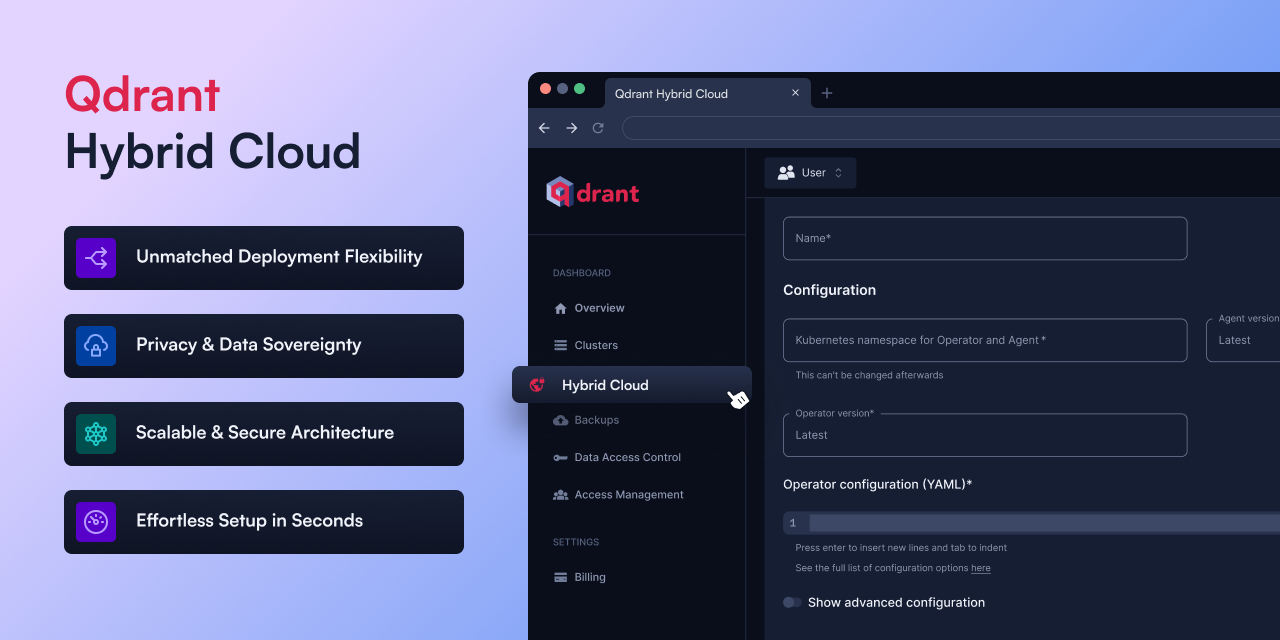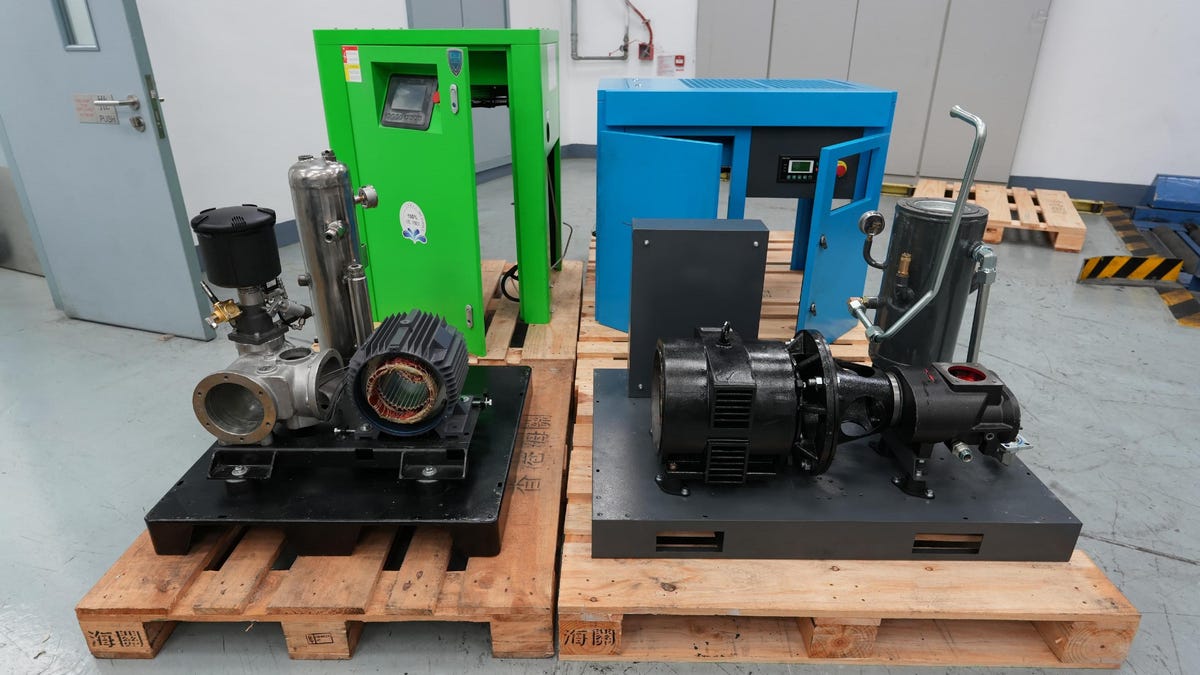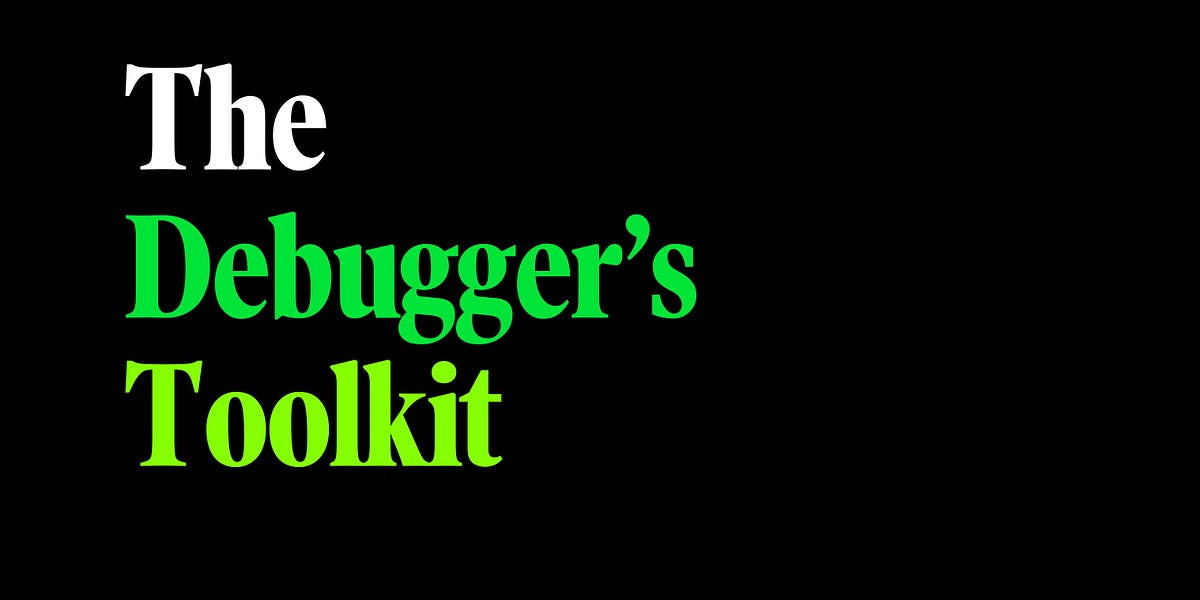Wikipedia:Language recognition chart
This language recognition chart presents a variety of clues one can use to help determine the language in which a text is written.
(Note: Romaji is not often used in Japanese script. It is most often used for foreigners learning the pronunciation of the Japanese language.)
May contain the following: Prefixes: me-, mem-, memper-, pe-, per-, di-, ke- Suffixes: -kan, -an, -i Others (these almost always written in lowercase): yang, dan, di, ke, oleh, itu
Malay and Indonesian are mutually intelligible to proficient speakers, although translators and interpreters will generally be specialists in one or other language. See Comparison of Standard Malay and Indonesian.
Note that some Turkic languages like Azeri and Turkmen use a similar Latin alphabet (often Jaŋalif) and similar words, and might be confused with Turkish. Azeri has the letters Əə, Xx and Qq not present in the Turkish alphabet, and Türkmen has Ää, Žž, Ňň, Ýý and Ww. Latin Characters uniquely (or nearly uniquely) used for Turkic languages: Əə, Ŋŋ, Ɵɵ, Ьь, Ƣƣ, Ğğ, İ, and ı. All Turkic languages can form long words by adding multiple suffixes.
Azeri can be easily recognized by the frequent use of ə. This letter is not used in any other officially recognized modern Latin alphabet. In addition, it uses the letters x and q, which are not used in Turkish.




/cloudfront-us-east-2.images.arcpublishing.com/reuters/GGMGHBONFRM6TCFALZQYWYSVRE.jpg)










